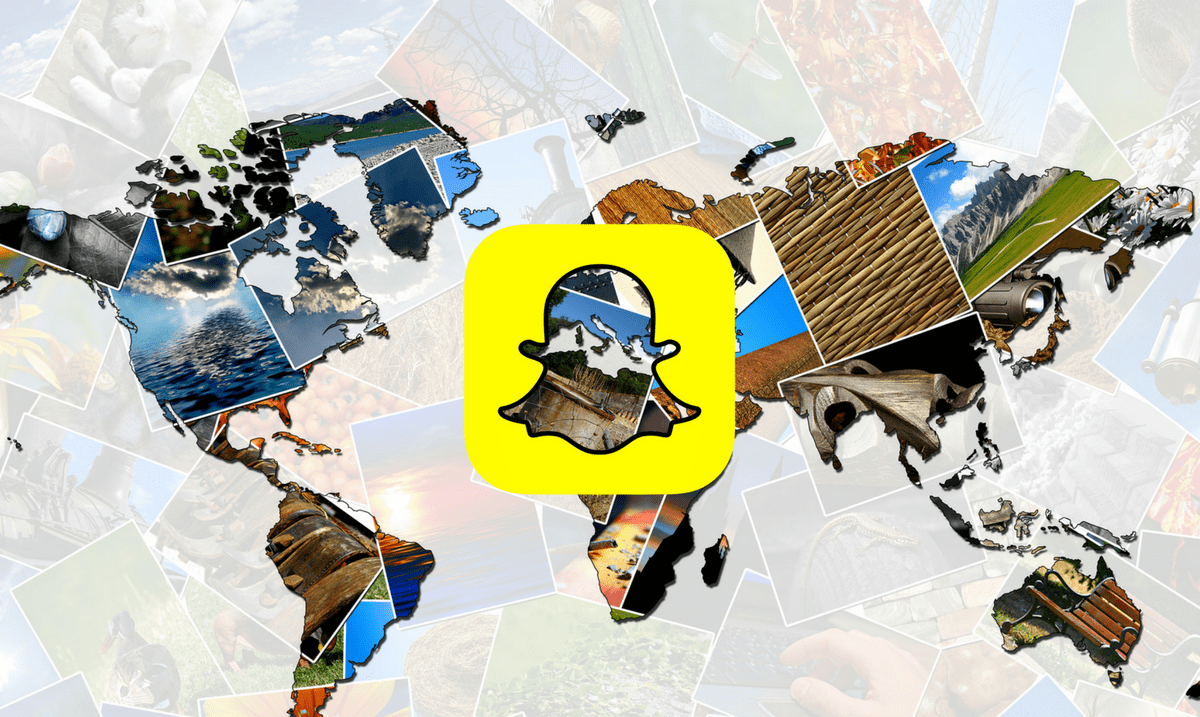Snapchat released its Snap Map feature in June, which allows users to submit Snaps to a public collection called Our Story.
According to Snapchat, the value of the new function is being able to view Snaps from around the world, “including sporting events, celebrations, breaking news, and more.” A color-coded heatmap shows popular locations; blue means some Snaps were submitted in a certain spot, and red means there’s a high concentration of Snaps in one area.
But not everyone was thrilled about Snap Map’s functionality. Critics highlighted privacy concerns arising from this kind of detailed location sharing. An article in The Verge noted:
Because Snap Map shows exactly where you are every time you open the app, there are a number of dangerous scenarios that could take place without a user even posting a Snap publicly. What if you’re at home alone, at night, and open the app to view Snaps posted by friends? What if you’re walking by yourself and get a ping that a friend sent you a Snap message, so you read it? What if you’re traveling and want to take a pic with a location-specific filter to post later on another platform? In all of these vulnerable situations, if you have Snap Map enabled, your location is immediately broadcast to some, or all of the people in your Snapchat friends list.
In the last month, however, Snap Map has proven useful in a surprising way: providing real-time information for people during natural disasters.
When Hurricane Harvey was barreling toward Texas at the end of August, Snapchat received 250,000 to 300,000 submissions to the Our Story stream in 86 hours. Houston residents posted Snaps of flooded areas, locations of power outages, and neighborhoods where people were being rescued. During Hurricane Irma, the Snap Map filled up with live updates from users across Florida.
Over the last few weeks, Snap Map has introduced eyewitnesses to a new, instantaneous way to capture breaking news and share it with a global audience. Its full capabilities aren’t yet known, but it widens the possibilities for on-the-ground reporting – and not just during natural disasters.
News organizations can use Snap Map to view media from large events around the world – from protests to music festivals. Residents of towns and cities can stay updated on major events going on nearby, and how they can get involved. And brands can zoom in on the heatmap for specific geographic areas to see what’s happening with their audience in real time. Snap Map offers insight into what users are seeing and doing at any given moment – which is both the source of its appeal and its risks.
Follow MtoM on Snapchat


